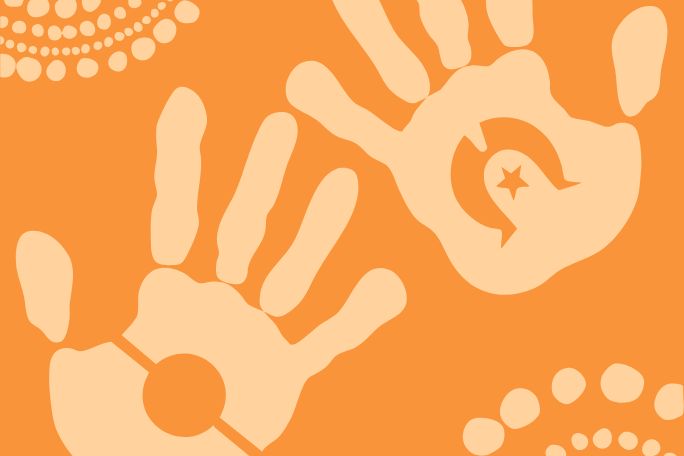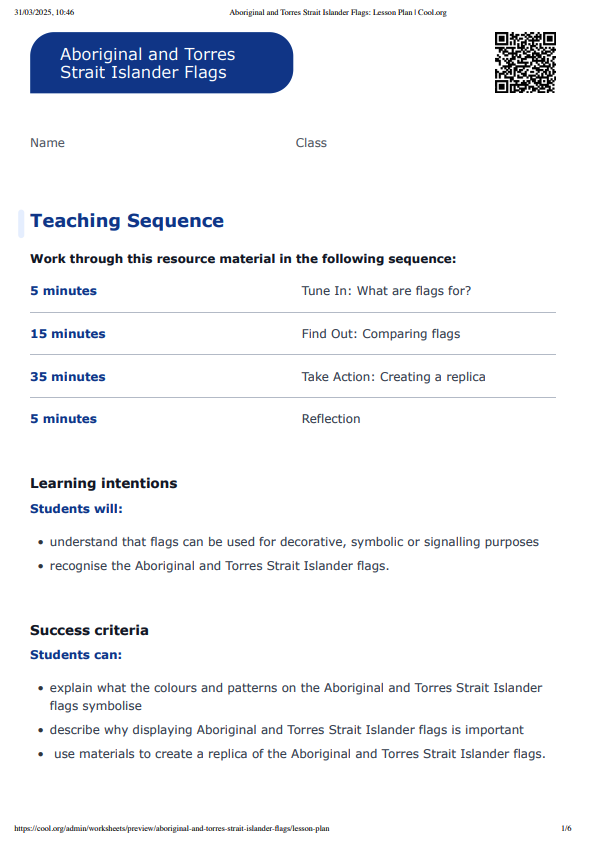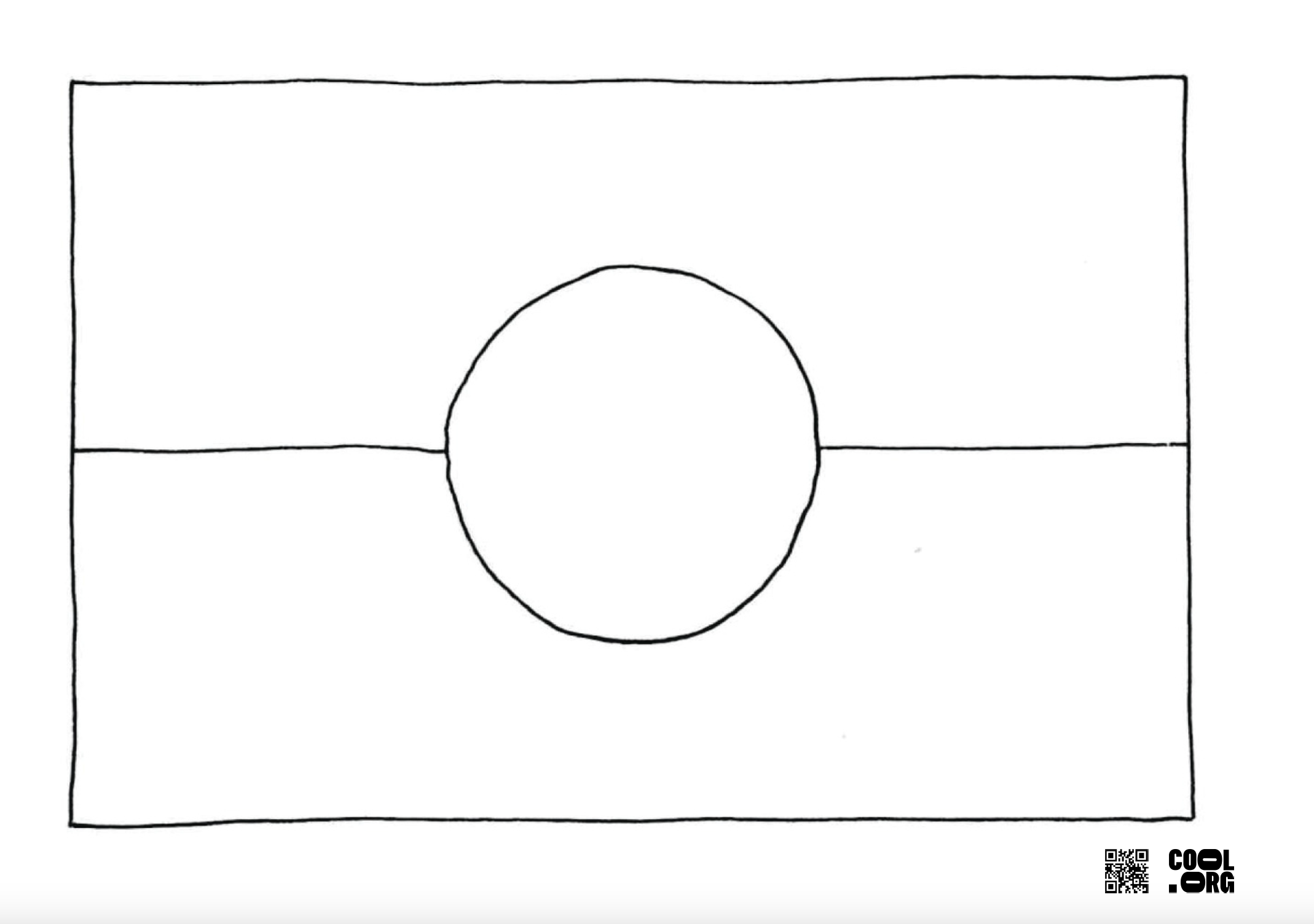Lesson summary
Students will explore the Aboriginal and Torres Strait Islander flags. They will look at a range of flags and what their colours and decorations symbolise. Students will use materials to create a replica of the Aboriginal and Torres Strait Islander flags.
Learning intentions
Students will:
- understand that flags can be used for decorative, symbolic or signalling purposes
- recognise the Aboriginal and Torres Strait Islander flags.
Success criteria
Students can:
- explain what the colours and patterns on the Aboriginal and Torres Strait Islander flags symbolise
- describe why displaying Aboriginal and Torres Strait Islander flags is important
- use materials to create a replica of the Aboriginal and Torres Strait Islander flags.
Lesson guides and printables
Curriculum links
Select your curriculum from the options below.
Lesson details
Skills
This lesson is designed to build students’ competencies in the following skills:
- creative thinking
- critical thinking
- communication
- community engagement
- ethical understanding
- intercultural understanding
Curriculum Mapping
Australian Curriculum (v9.0) content description:
F-2, Geography
Students learn:
- the importance of Country/Place to First Nations Australians and the Country/Place on which the school is located (AC9HSFK04)
- how places change and how they can be cared for by different groups including First Nations Australians (AC9HS1K04)
- about the interconnections of First Nations Australians to a local Country/Place (AC9HS2K04).
Relevant parts of Foundation Year achievement standards: Students recognise the features of familiar places, why some places are special to people and the ways they can care for them.
Relevant parts of Year 1 achievement standards: Students identify the location and nature of the natural, managed and constructed features of local places, the ways places change, and how they can be cared for by people.
Relevant parts of Year 2 achievement standards: Students identify how people and places are interconnected both at local and broader scales.
General capabilities: Intercultural Understanding
Cross-curriculum priority: Aboriginal and Torres Strait Islander Histories and Cultures
Level of teacher scaffolding: Medium - oversee class discussion and lead students in flag-making activity.
UN Sustainable Development Goals
UN SDG 10: Reduce inequality within and among countries
- Target 10.2: By 2030, empower and promote the social, economic and political inclusion of all, irrespective of age, sex, disability, race, ethnicity, origin, religion or economic or other status.
Resources Required
- Art materials
- Optional: Aboriginal and Torres Strait Islander flags - templates
Additional Info
This is an original Cool+ lesson.
Related Professional Learning
Beginning to Include First Nations Peoples' Perspectives in Your Classroom (45 Minutes)
Quick summary: This course aims to inform and upskill educators in incorporating Aboriginal and Torres Strait Islander peoples perspectives. The course emphasises the importance of connecting with personal motivations, overcoming biases, and incorporating diverse perspectives while being inclusive of Aboriginal and Torres Strait Islander peoples languages and cultures. Additionally, it provides guidance on terms of reference, protocols, and strategies for inclusivity, fostering an inclusive and accepting educational environment and curriculum design.



Welcome back!
Don't have an account yet?
Log in with:
Create your free Cool.org account.
Many of our resources are free, with an option to upgrade to Cool+ for premium content.
Already have an account?
Sign up with:
By signing up you accept Cool.org's Terms and Conditions(Opens in new tab) and Privacy Policy(Opens in new tab).